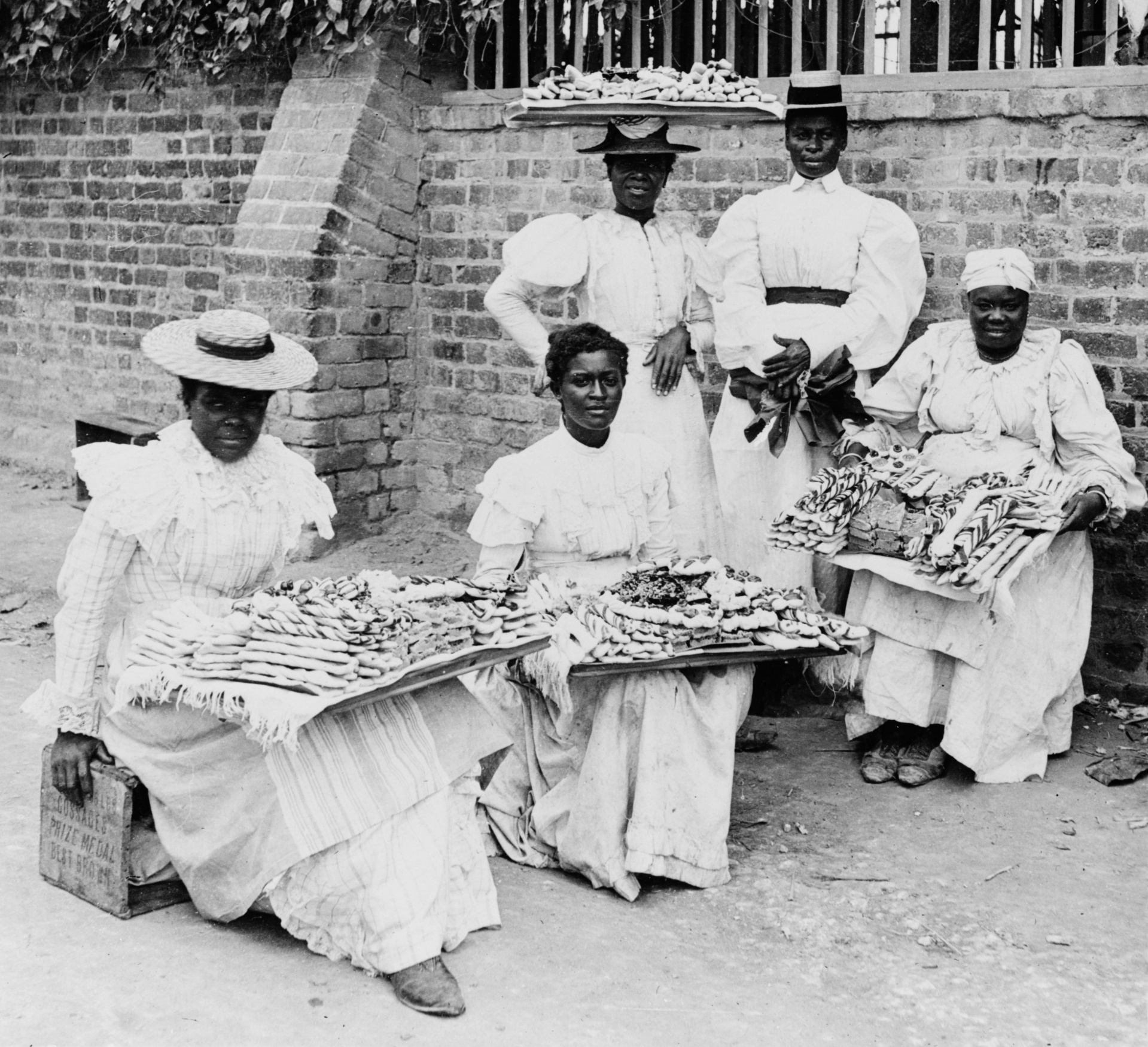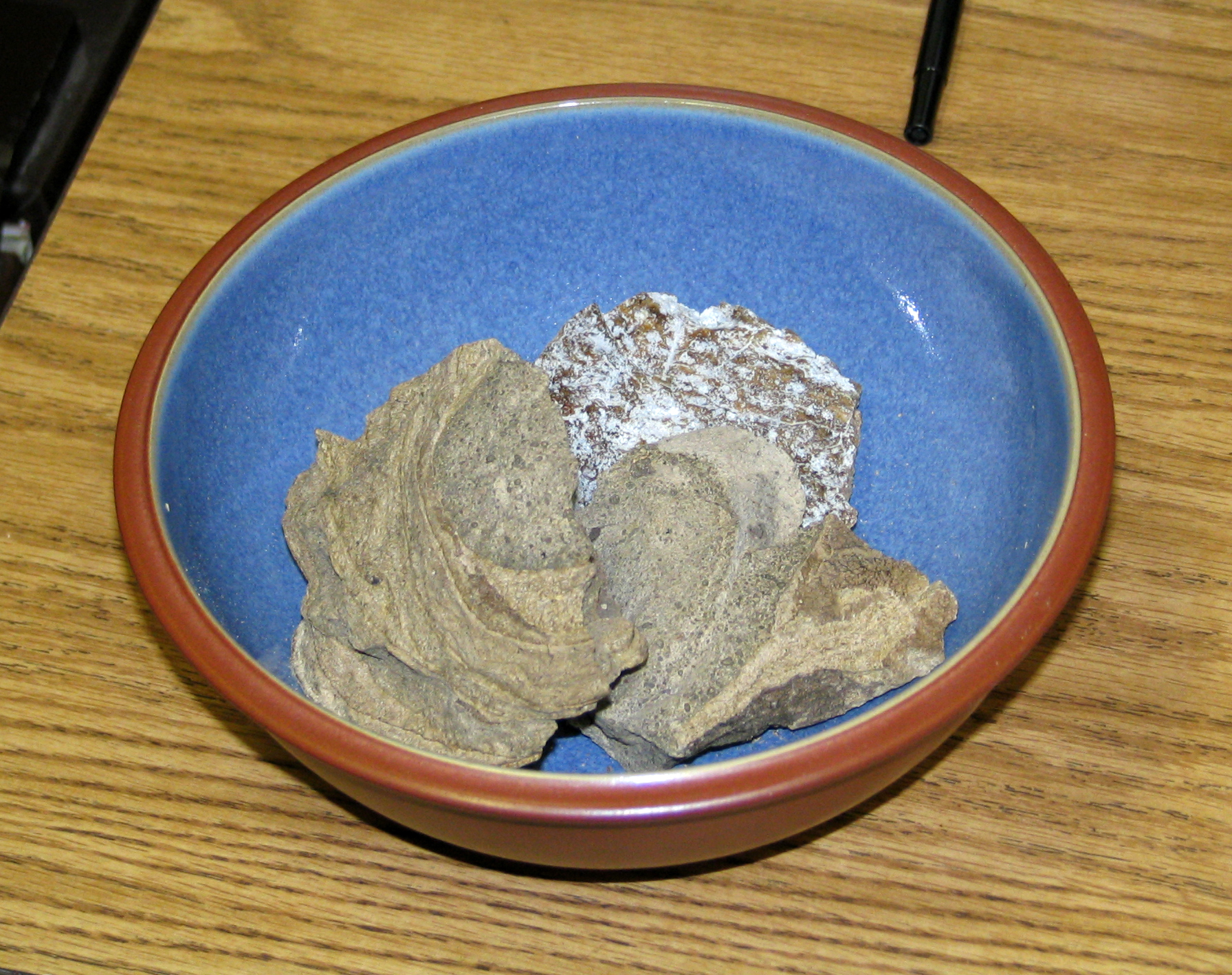|
Fish Tea
Fish tea is a spicy soup in Caribbean cuisine and Jamaican cuisine. It is similar to a fish bouillon and can take several hours to prepare. It includes ground yam, pumpkin, cassava, potatoes and green bananas, cooked until very soft. As much as 15 pounds of fish is added to make five gallons.Fish Tea Cookoff a big part of East End Surf Challenge 10 January 2006 Camanian Compass Carrots and cho–cho can also be added. It is flavored with coconut milk and seasoned with various ingredients that may include black pepper, salt, thyme, butter, scallion and season–all."Alan Eban ... [...More Info...] [...Related Items...] OR: [Wikipedia] [Google] [Baidu] |
Soup
Soup is a primarily liquid food, generally served warm or hot (but may be cool or cold), that is made by combining ingredients of meat or vegetables with stock, milk, or water. Hot soups are additionally characterized by boiling solid ingredients in liquids in a pot until the flavors are extracted, forming a broth. Soups are similar to stews, and in some cases there may not be a clear distinction between the two; however, soups generally have more liquid (broth) than stews. In traditional French cuisine, soups are classified into two main groups: ''clear soups'' and ''thick soups''. The established French classifications of clear soups are ''bouillon'' and ''consommé''. Thick soups are classified depending upon the type of thickening agent used: ''purées'' are vegetable soups thickened with starch; '' bisques'' are made from puréed shellfish or vegetables thickened with cream; cream soups may be thickened with béchamel sauce; and '' veloutés'' are thickened with egg ... [...More Info...] [...Related Items...] OR: [Wikipedia] [Google] [Baidu] |
Yam (vegetable)
Yam is the common name for some plant species in the genus '' Dioscorea'' (family Dioscoreaceae) that form edible tubers. Yams are perennial herbaceous vines cultivated for the consumption of their starchy tubers in many temperate and tropical regions, especially in West Africa, South America and the Caribbean, Asia, and Oceania. The tubers themselves, also called "yams", come in a variety of forms owing to numerous cultivars and related species. Yams were independently domesticated on three different continents: Africa (''Dioscorea rotundata''), Asia (''Dioscorea alata''), and the Americas (''Dioscorea trifida''). Etymology The name "yam" appears to derive from Portuguese ''inhame'' or Canarian (Spain) ''ñame'', which derived from West African languages during trade. However in both languages, this name commonly refers to the taro plant (''Colocasia esculenta'') from the genus ''Colocasia'', as opposed to '' Dioscorea''. The main derivations borrow from verbs me ... [...More Info...] [...Related Items...] OR: [Wikipedia] [Google] [Baidu] |
Pumpkin
A pumpkin is a vernacular term for mature winter squash of species and varieties in the genus ''Cucurbita'' that has culinary and cultural significance but no agreed upon botanical or scientific meaning. The term ''pumpkin'' is sometimes used interchangeably with "squash" or "winter squash", and is commonly used for cultivars of ''Cucurbita argyrosperma'', ''Cucurbita ficifolia'', ''Cucurbita maxima'', ''Cucurbita moschata'', and ''Cucurbita pepo''. Native to North America (northeastern Mexico and the southern United States), ''C. pepo'' pumpkins are one of the oldest domesticated plants, having been used as early as 7,000 to 5,500 BC. Today, pumpkins of varied species are widely grown for food, as well as for aesthetic and recreational purposes. The pumpkin's thick shell contains edible seeds and pulp. Pumpkin pie, for instance, is a traditional part of Thanksgiving meals in Canada and the United States, and pumpkins are frequently carved as jack-o'-lanterns for decoration a ... [...More Info...] [...Related Items...] OR: [Wikipedia] [Google] [Baidu] |
Cassava
''Manihot esculenta'', common name, commonly called cassava (), manioc, or yuca (among numerous regional names), is a woody shrub of the spurge family, Euphorbiaceae, native to South America. Although a perennial plant, cassava is extensively cultivated as an annual agriculture, crop in tropical and subtropical regions for its edible starchy tuberous root, a major source of carbohydrates. Though it is often called ''yuca'' in parts of Spanish America and in the United States, it is not related to yucca, a shrub in the family Asparagaceae. Cassava is predominantly consumed in boiled form, but substantial quantities are used to extract cassava starch, called tapioca, which is used for food, animal feed, and industrial purposes. The Brazilian farinha, and the related ''garri'' of West Africa, is an edible coarse flour obtained by grating cassava roots, pressing moisture off the obtained grated pulp, and finally drying it (and roasting both in the case of farinha and garri). Cassav ... [...More Info...] [...Related Items...] OR: [Wikipedia] [Google] [Baidu] |
Potatoes
The potato is a starchy food, a tuber of the plant ''Solanum tuberosum'' and is a root vegetable native to the Americas. The plant is a perennial in the nightshade family Solanaceae. Wild potato species can be found from the southern United States to southern Chile. The potato was originally believed to have been domesticated by Native Americans independently in multiple locations,University of Wisconsin-Madison, ''Finding rewrites the evolutionary history of the origin of potatoes'' (2005/ref> but later genetic studies traced a single origin, in the area of present-day southern Peru and extreme northwestern Bolivia. Potatoes were domesticated there approximately 7,000–10,000 years ago, from a species in the ''Solanum brevicaule'' complex. Lay summary: In the Andes region of South America, where the species is indigenous, some close relatives of the potato are cultivated. Potatoes were introduced to Europe from the Americas by the Spanish in the second half of the 16th c ... [...More Info...] [...Related Items...] OR: [Wikipedia] [Google] [Baidu] |
Coconut Milk
Coconut milk is an opaque, milky-white liquid extracted from the grated pulp of mature coconuts. The opacity and rich taste of coconut milk are due to its high oil content, most of which is saturated fat. Coconut milk is a traditional food ingredient used in Southeast Asia, Oceania, South Asia, and East Africa. It is also used for cooking in the Caribbean, tropical Latin America, and West Africa, where coconuts were introduced during the colonial era. Coconut milk is differentiated into subtypes based on fat content. They can be generalized into coconut cream (or thick coconut milk) with the highest amount of fat; coconut milk (or thin coconut milk) with a maximum of around 20% fat; and coconut skim milk with negligible amounts of fat. This terminology is not always followed in commercial coconut milk sold in western countries. Coconut milk can also be used to produce milk substitutes (differentiated as "coconut milk beverages"). These products are not the same as regular ... [...More Info...] [...Related Items...] OR: [Wikipedia] [Google] [Baidu] |
Jamaican Cuisine
Jamaican cuisine includes a mixture of cooking techniques, flavours and spices influenced by Amerindian cuisine, Amerindian, Cuisine of Africa, African, Irish cuisine, Irish, English cuisine, English, French cuisine, French, Portuguese cuisine, Portuguese, Spanish cuisine, Spanish, Indian cuisine, Indian, Chinese cuisine, Chinese and Arab cuisine, Middle Eastern people who have inhabited the island. It is also influenced by the crops introduced into the island from tropical Southeast Asia, many of which are now grown locally. A wide variety of seafood, tropical fruits and meats are available. Some Jamaican dishes are variations on cuisines brought to the island from elsewhere. These are often modified to incorporate local produce and spices. Others are novel or Fusion cuisine, fusion and have developed locally. Popular Jamaican dishes include curry goat, fried dumplings, ackee and saltfish. Jamaican patty, Jamaican patties along with various pastries, breads and beverages are also p ... [...More Info...] [...Related Items...] OR: [Wikipedia] [Google] [Baidu] |
Bouillon (broth)
Bouillon can refer to: Food * Bouillon (broth), a simple broth ** Court-bouillon, a quick broth * Bouillon (soup), a Haitian soup * Bouillon (restaurant), a traditional type of French restaurant **Bouillon Chartier, a bouillon restaurant founded in 1896 * Bouillon (grape), another name for the French wine grape Folle Blanche * Bouillon cube, used in cooking, especially in soups People * Cardinal de Bouillon, French prelate and diplomat born Emmanuel Théodose de La Tour d'Auvergne (1643–1715) * Christophe Bouillon (born 1969), member of the National Assembly of France * Duchess of Bouillon, a French title since the 10th century * Francis Bouillon, a defenseman for the Montreal Canadiens hockey team * Godfrey de Bouillon, a Lord of Bouillon and a leader of the First Crusade * Jean Bouillon (1926–2009), Belgian marine biologist * Jean-Claude Bouillon (1941–2017), French actor * Klaus Bouillon (born 1947), German politician * Lords of Bouillon, French titles during the Middle ... [...More Info...] [...Related Items...] OR: [Wikipedia] [Google] [Baidu] |
Cho–cho
Chayote (''Sechium edule''), also known as mirliton and choko, is an edible plant belonging to the gourd family, Cucurbitaceae. This fruit was first cultivated in Mesoamerica between southern Mexico and Honduras, with the most genetic diversity available in both Mexico and Guatemala. It is one of several foods introduced to the Old World during the Columbian Exchange. At that time, the plant spread to other parts of the Americas, ultimately causing it to be integrated into the cuisine of many Latin American nations. The chayote fruit is mostly used cooked. When cooked, chayote is usually handled like summer squash; it is generally lightly cooked to retain the crispy consistency. Raw chayote may be added to salads or salsas, most often marinated with lemon or lime juice, but is often regarded as unpalatable and tough in texture. Whether raw or cooked, chayote is a good source of vitamin C. Although most people are familiar only with the fruit as being edible, the root, stem, see ... [...More Info...] [...Related Items...] OR: [Wikipedia] [Google] [Baidu] |
Aphrodisiac
An aphrodisiac is a substance that increases sexual desire, sexual attraction, sexual pleasure, or sexual behavior. Substances range from a variety of plants, spices, foods, and synthetic chemicals. Natural aphrodisiacs like cannabis or cocaine are classified into plant-based and non-plant-based substances. There are non-naturally-occurring aphrodisiacs like MDMA and methamphetamine. Aphrodisiacs can be classified by their type of effects (i.e., psychological or physiological). Aphrodisiacs that contain hallucinogenic properties like Bufotenin have psychological effects on a person that can increase sexual desire and sexual pleasure. Aphrodisiacs that contain smooth muscle relaxing properties like yohimbine have physiological effects on a person that can affect hormone levels and increase blood flow. It is possible that the aphrodisiac effect of a substance is due to the placebo effect. Other substances that impede on areas that aphrodisiacs aim to enhance are classified as an ... [...More Info...] [...Related Items...] OR: [Wikipedia] [Google] [Baidu] |
_-_Soup_(1865).jpg)




.jpg)


